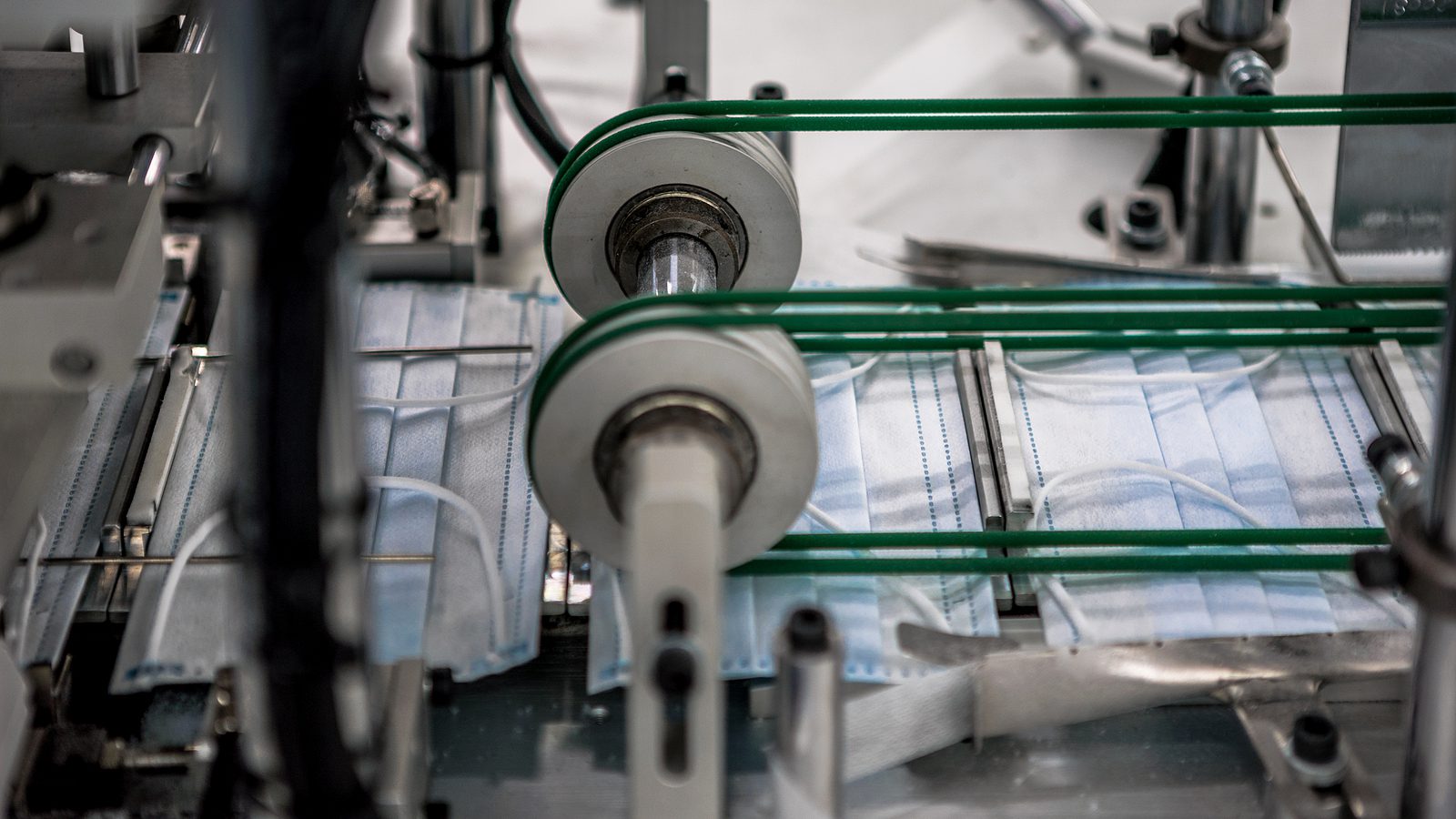By Laser 1 Technologies
Manufacturer’s Face Covid-generated Challenges
The coronavirus has upended nearly every aspect of our economy, and manufacturing is bearing its share of the challenges. Product demand has shifted enormously; suppliers as well as customers have been upended; liquidity issues are paramount.
Here are some pivotal arenas where manufacturers are facing challenges, and some ideas for surviving these difficult times.
Employee Relations
The physical health of employees is a critical concern. Factories are revising systems to improve employee distancing and reduce risk while maintaining efficiency. Some are testing employee temperatures daily and offering other screening resources. Some are altering shifts to minimize the degree to which people have contact with each other.
There’s also job security to consider. Businesses have labored to acquire, train and maintain talented teams, and now they face reduced demand. Management has to explore ways to retain their valuable talent, even when business is down. It may be possible to generate loyalty by instituting pay cuts instead of layoffs, for example. Retaining skilled team members will be valuable when the crisis diminishes and demand increases.
Shifts of Supply and Demand
Demand in some arenas has plunged, while it has soared astronomically in others. Some consumers are stressed, strained, panicked and not buying. Others are clearly spending freely, as confirmed by reports that “Amazon continues to benefit from COVID-19 as the company’s overall sales skyrocketed 40% year-over-year to $88.9 billion in its fiscal second quarter,” according to Fortune Magazine.
Some factories have been able to shift production to essential gear for combating the pandemic. Others are retooling in anticipation of future demand.
Future demand is an essential question under any circumstances, and today it’s more critical and more uncertain than ever. Some tools are out there. The Institute for Supply Management’s Purchasing Managers Index offers industry-specific data about inventory levels, new orders and production. Data on building permits, housing stocks, and consumer confidence inform manufacturers that supply the building industry. Situations are shifting quickly, so the relevance of such data has a shorter shelf life than in more stable times.
Tracking internal numbers, as always, is useful. Orders, inventory and other internal numbers can reveal patterns and shifts. Some manufacturers can use this opportunity to increasingly harness Big Data to get increasingly granular about internal numbers and the stories they tell.
Finances and Revenue
Business facing reduced demand are greatly challenged by reduced liquidity. Some factories are producing at reduced capacity which still exceeds demand, immobilizing much-needed capital. Customers may demanding longer payment terms, another strain on working capital. On the other hand, some manufacturers may be pushing for advance payment, especially if that’s what their suppliers are requiring of them. Credit checks doubtless play a larger role for some players today.
Now’s a good time to take advantage of positive relationships forged with banking partners, who can offer advice on best practices in terms of cash management, customer credit, working capital, and general banking services. Government stimulus payments and loans may help some enterprises survive the next few quarters.




